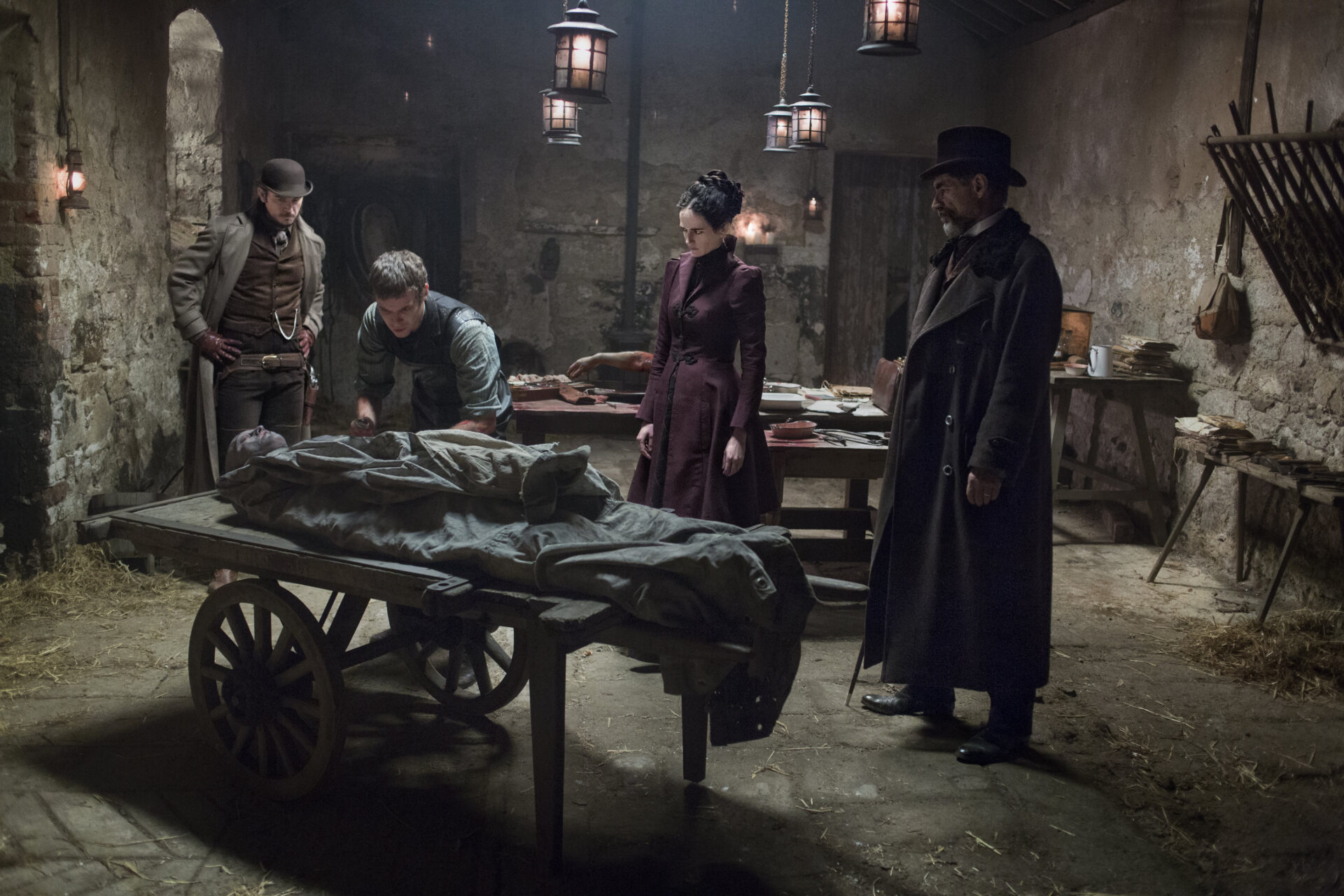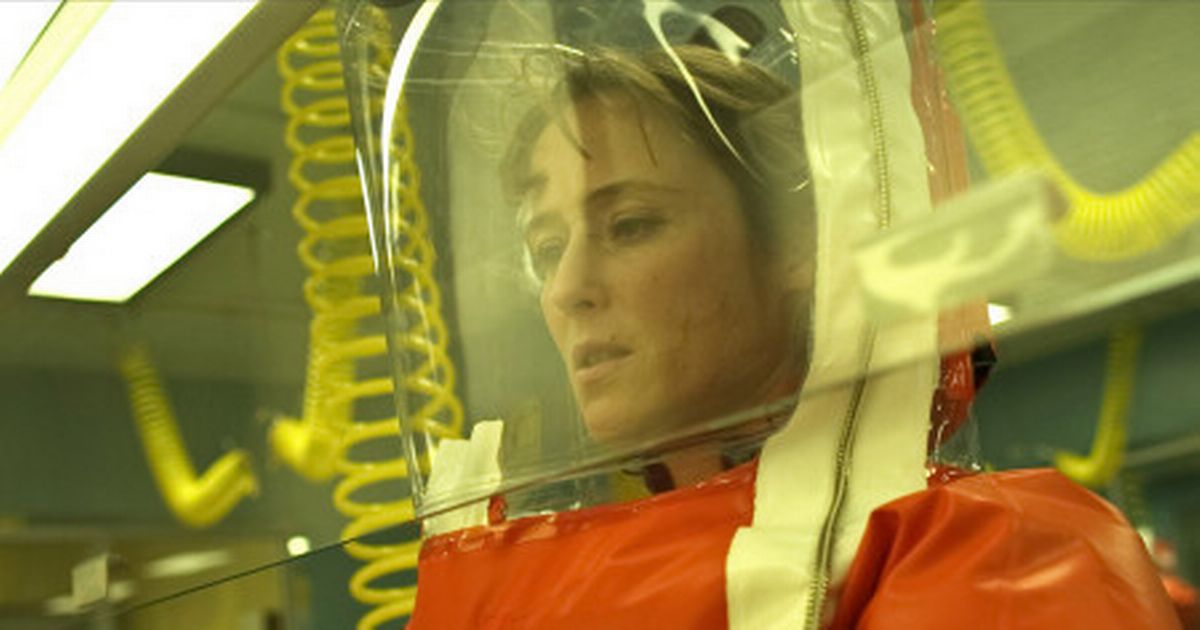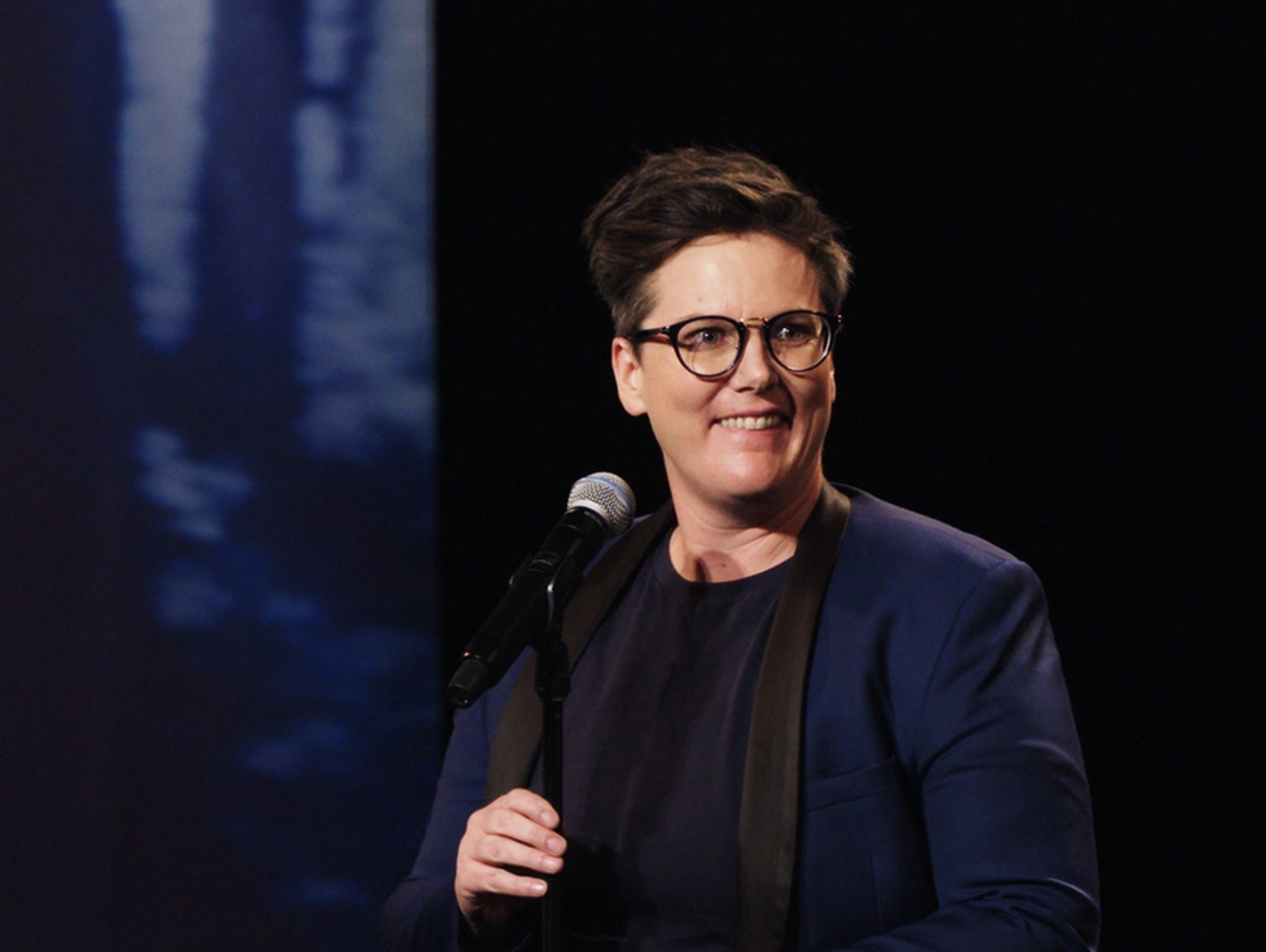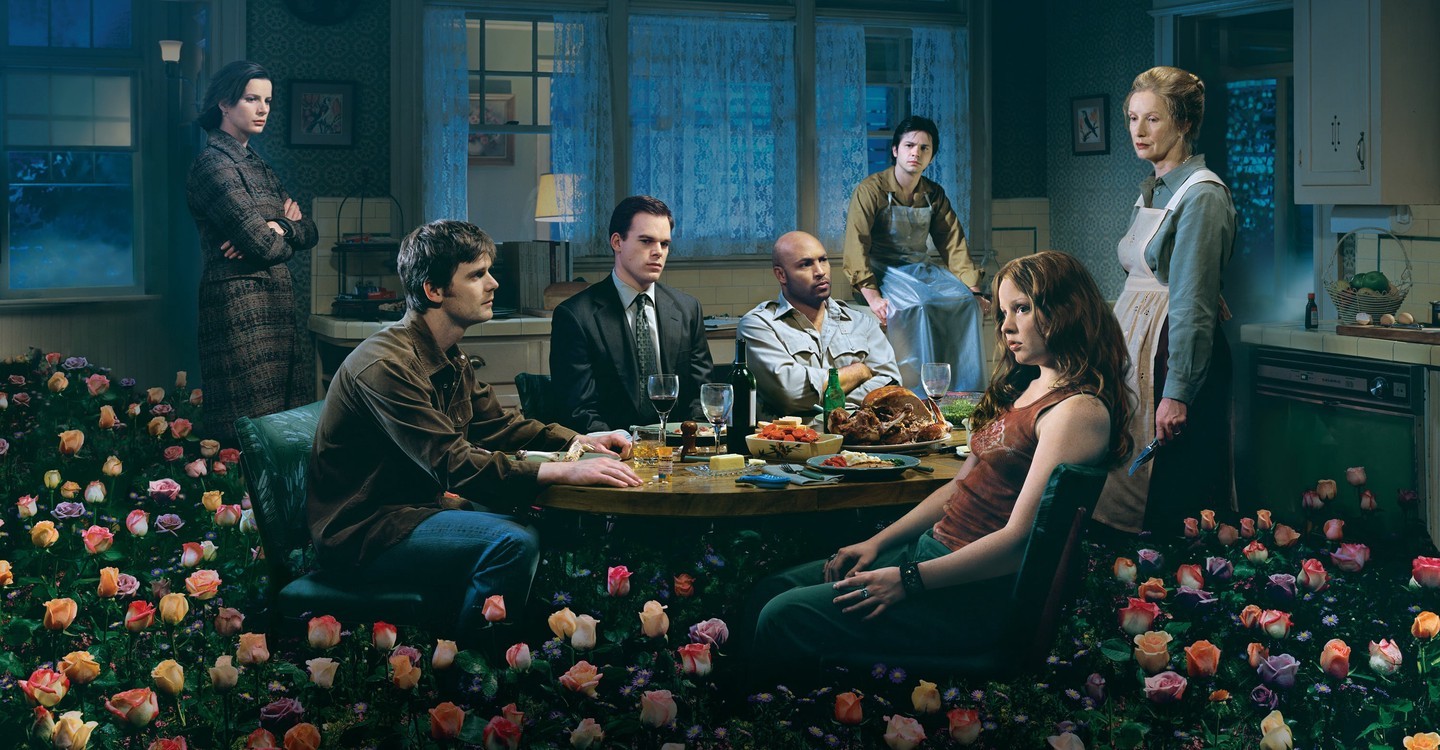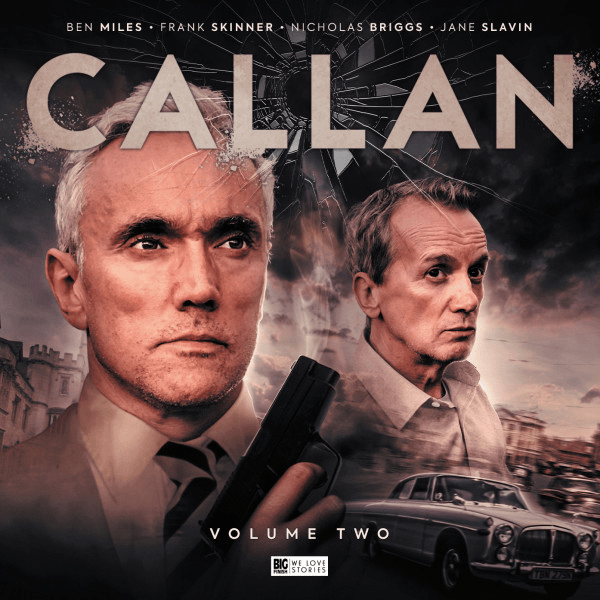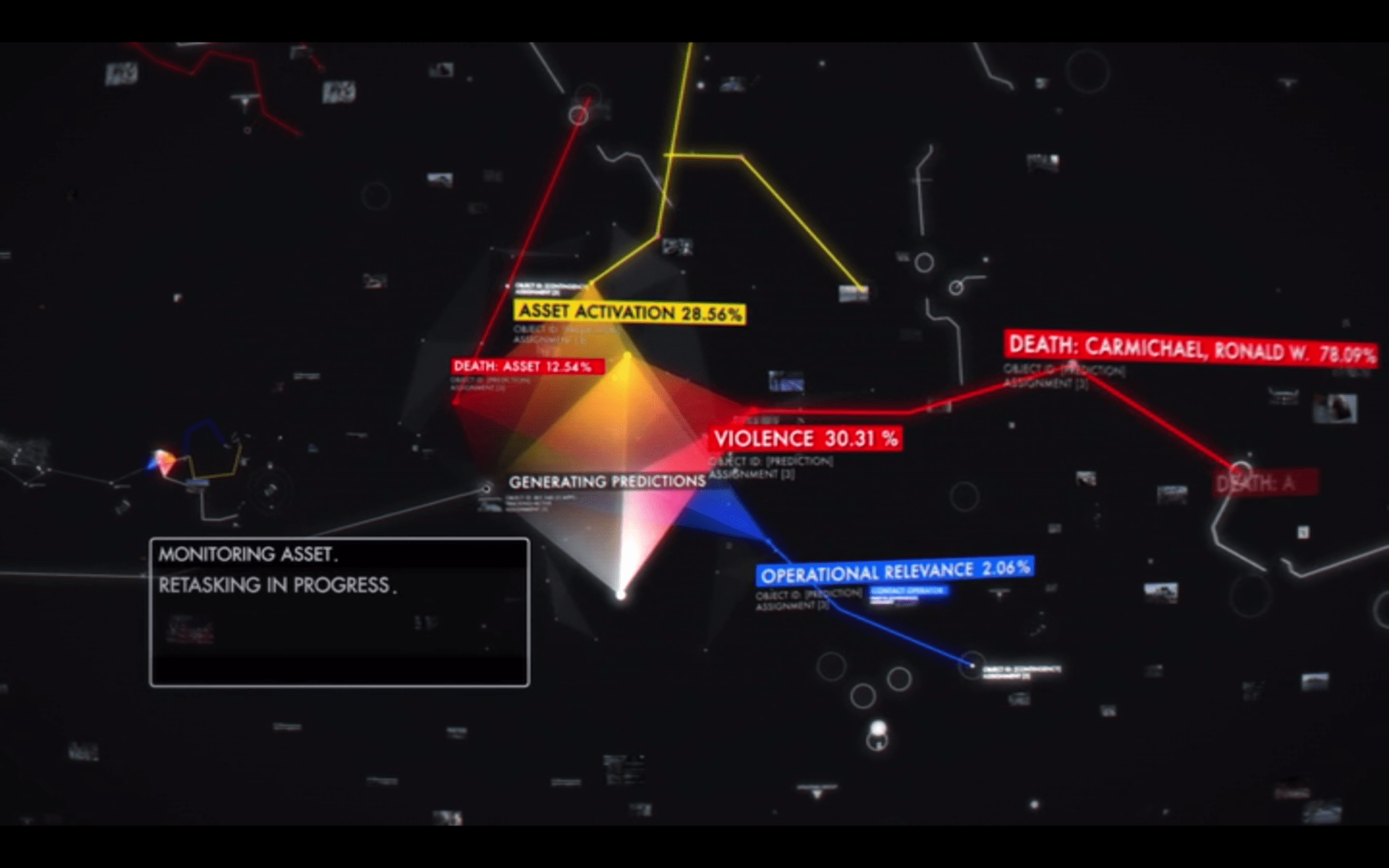
Organized by: Istanbul Bilgi University, Faculty of Communication, Department of Film and Television Venue: Virtual Zoom Event Confirmed Keynote Speakers: Christian Katzenbach (Alexander von Humboldt Institute for Internet and Society, Berlin) Robert Prey (University of Groningen, Faculty of Arts) Diğdem Sezen (Teesside University, School of Computing, Engineering and Digital Technologies, Department of Transmedia Digital Art

